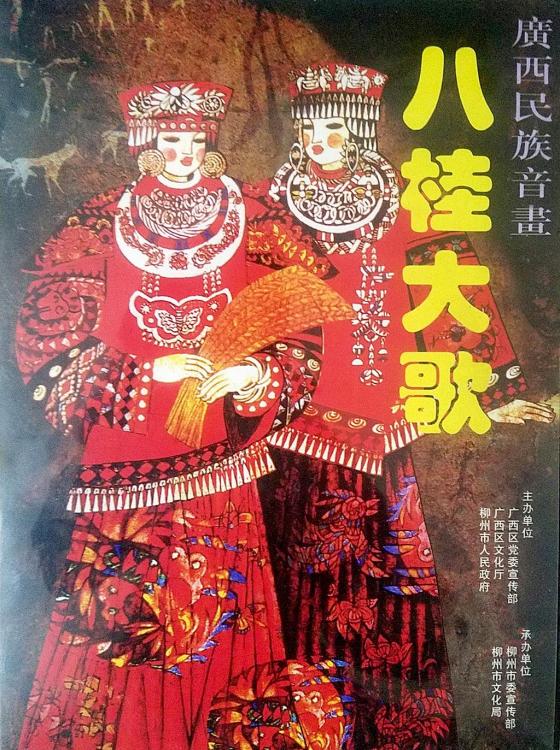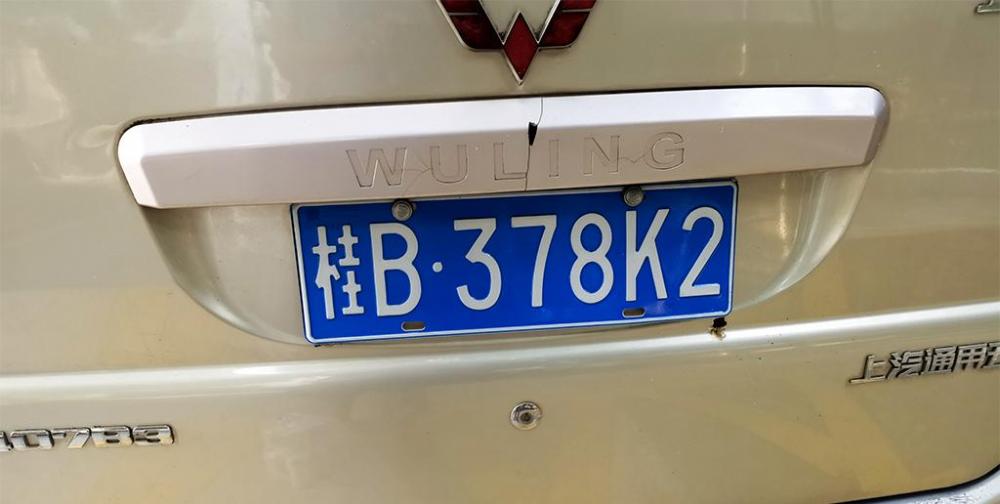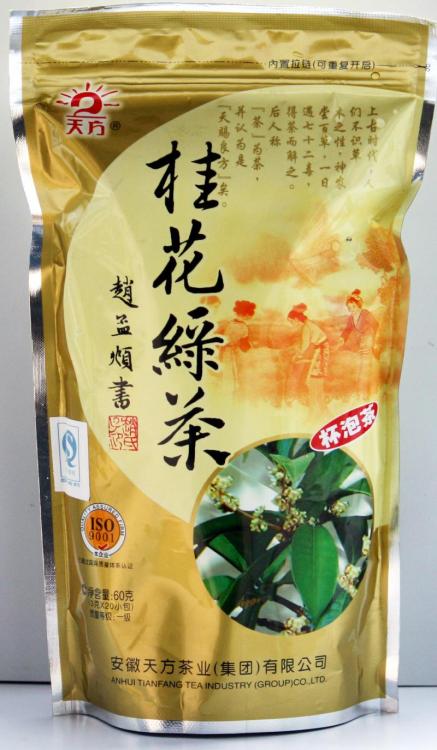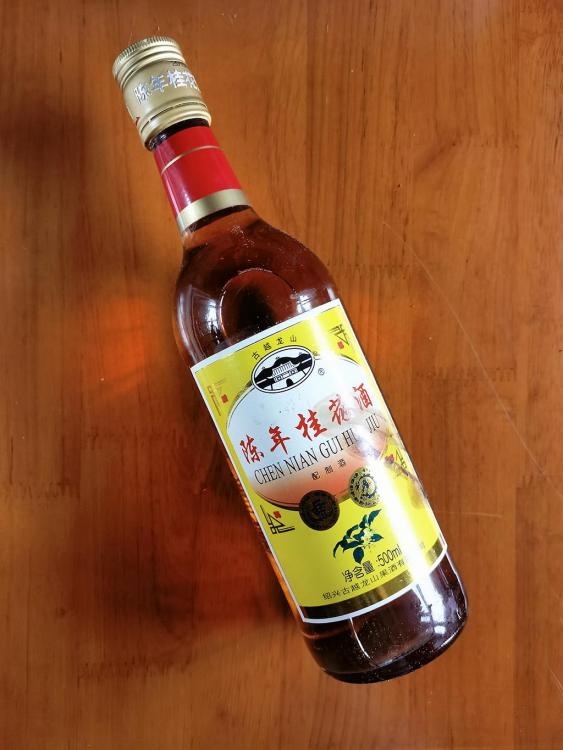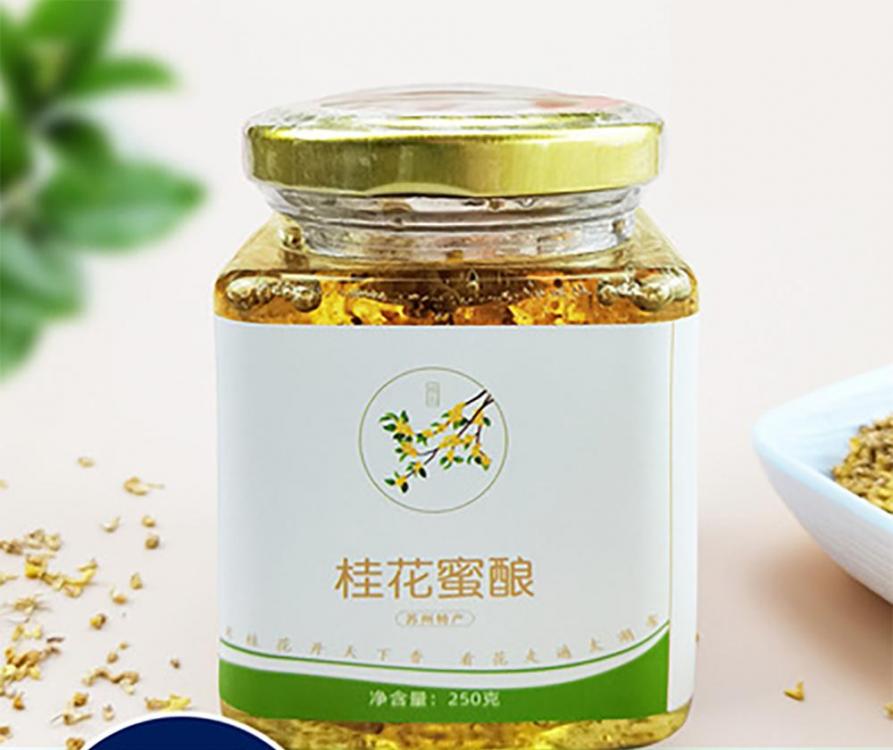桂
25. 桂花 (guì huā) – Osmanthus – Osmanthus fragrans
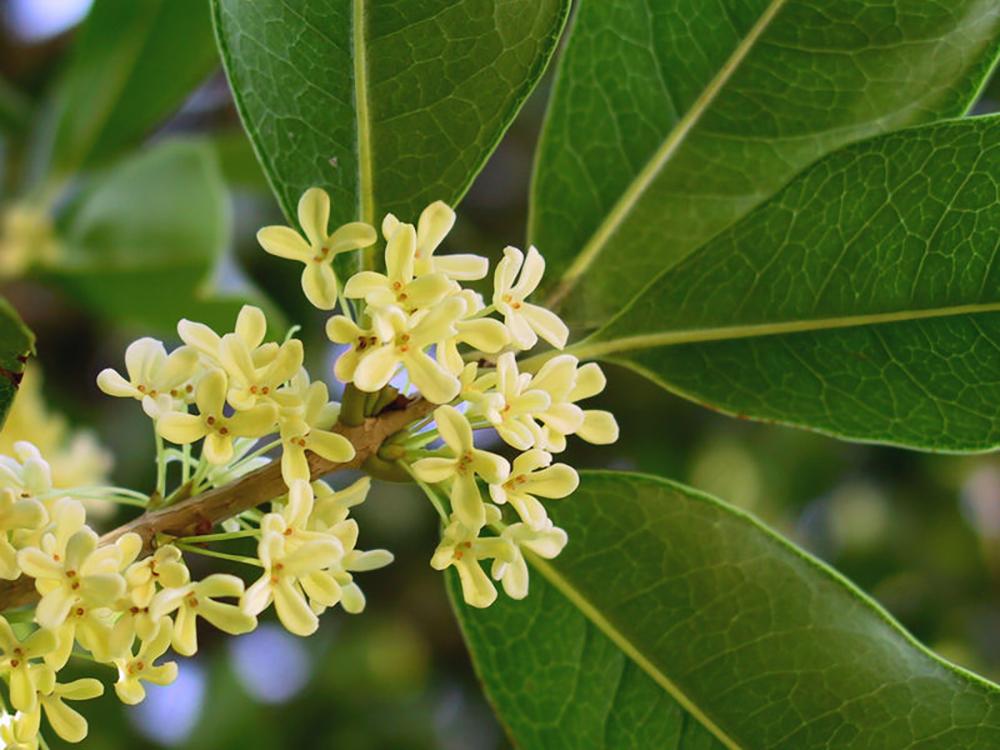
Osmanthus flowers
The Chinese character at the top of this post is the one I see most often. I see hundreds of examples everyday. Even if I don’t go out the house, which is rare, I see it in my study where I am sitting now. On the wall beside me is this poster. It is the second character in the large font.
This character, 桂 (guì) is pronounced ‘gway’ and means osmanthus and if you live in Guangxi, it becomes part of your daily life. Every province and major city’s name has a one character abbreviation which may or not be part of their name. For example, Hunan is 湘 (xiāng) which seems unrelated as does 沪 (hù) for Shanghai. Sichuan is 川 (chuān), which is the second character in Sichuan (四川 – sì chuān), whereas Gansu (甘肃 – gān sù ) uses the first character 甘 (gān).
These abbreviation characters appear on every registration number plate, hence where I see it 100s of times a day.
Random car number plate in Liuzhou
桂 means Guangxi; B is Liuzhou, the second largest city. Then a random combination of numbers or letters. The most prized number in Guangxi is 桂A 88888. The anonymous owner of 京A 88888, the top Beijing number is said to have paid over 1,000,000 元 ($154,500) for the number. I hope they threw the car in for free.
So, where does 桂 come from and why does it mean Guangxi? And why am I going on about it?
The root meaning of 桂 here is is ‘osmanthus’, an evergreen shrub or, round here most often, a tree growing up to 12 metres / 40 feet tall. In late summer and autumn (i.e. now), it bears small whitish / yellow flowers which are highly scented and much prized. My local parks are full of these trees and they line many roads. People sell small bunches of the flowers on the street to be used as nosegays.
Osmanthus tree in my local park
The nearby famous, tourist city of Guilin is 桂林 (guì lín) in Chinese and means 'osmanthus forest'. There are a lot of the trees there, too. Guilin was the capital of Guangxi from 997 to 1950, when it changed to Nanning. However, the 桂 part of its name continued to stand for Guangxi before being adopted officially.
But more importantly the flowers are edible. They are used to flavour many food stuffs. Here are just some.
It is added to both black and green teas to give them a scent and flavour, just as with Jasmine tea.
Osmanthus tea
But, it is also sold as pure dried leaves and also described as osmanthus tea, to make a floral tisane.

Osmanthus 'tea'
Then we have the alcoholic uses.
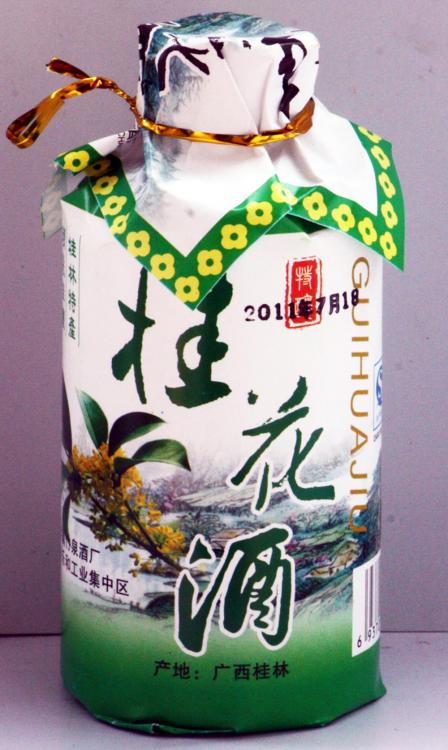
Osmanthus flavoured white spirits.
Osmanthus beer
Osmanthus cooking wine
and finally, something to eat
Osmanthus honey
Osmanthus jam
Osmanthus cakes
So, I hear you ask, what does it taste like? It has a fresh, floral and fruity flavour (naturally), reminiscent of apricot and peaches.


